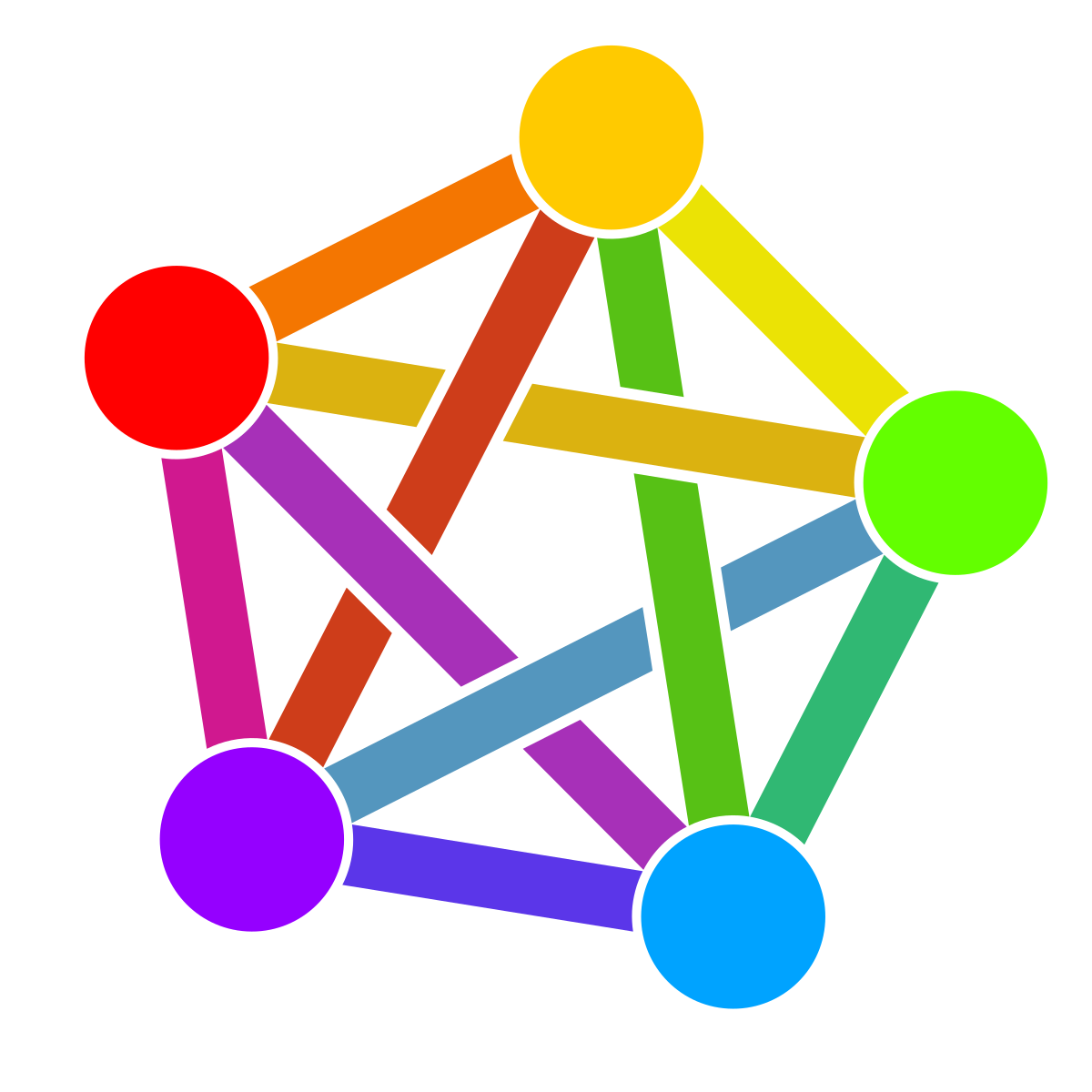

He believes something incredibly toxic and nuts, but I’m not sure it’s exactly that Christianity is “true,” but rather that it’s just so incredibly useful that it might as well be, and therefore it’s not hypocritical to espouse it with gusto, regardless of what you personally think about the supernatural.
https://www.wired.com/story/the-real-stakes-real-story-peter-thiels-antichrist-obsession/












A Dog Took My Face And Gave Me A Better Face To Change The World: The Celeste Cunningham Story